Giving kids control of their learning gives them choice – it is the foundation of teaching them to believe in themselves
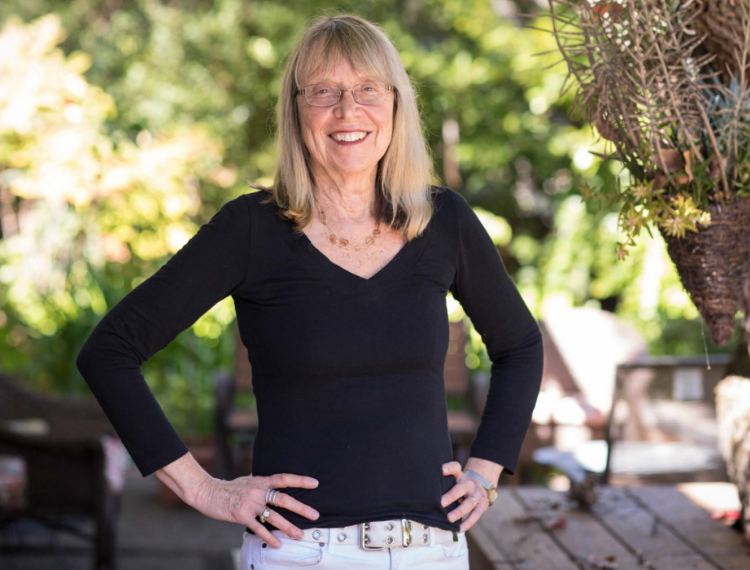
As a classroom teacher for 40 years, I can tell you some remarkable stories about kids who were transformed. It wasn’t just one kid but hundreds. The parents were amazed. “Did you confuse my son or daughter with another boy or girl?” they asked when viewing a report about them. I was teaching 9th and 10th graders in English and journalism. Many of my students started with me in 9th grade English and stayed in the journalism program for all of high school.
My classes were full of normal kids, somewhat boisterous, self conscious kids, who worried that they weren’t “cool.” They were typical high schoolers. I loved listening to them, to their stories, to their views about life, their adventures, their fears. My official goal was to teach them English or journalism but my personal goal was to teach them to believe in themselves. This was a tall order because most of them believed that everyone else but them was smarter, better looking, had more friends, and was going to succeed.
Try learning when you think you are stupid, that doesn’t work at all
Thinking back, I had one student who even wrote an essay on what it felt like to be nobody. I’ll never forget that essay. He was a 9th grader who was not popular; an awkward kid who definitely had a hard time fitting in, who started out as a nobody.
That is how he viewed himself and he always expected to be rejected, but as the weeks and months progressed, he made friends in class, was praised for his ideas, didn’t get a bad grade on anything because I don’t give grades until the work is A quality, and he started to feel better about himself. Just a little better. But every bit counts. I cut out the grades in all my classes– I just edited the work until they got it right. It would sometimes take weeks, but they all learned.
Amazingly even the lowest skilled student learned to write well. They started to see themselves differently. “Hey, maybe I am not such a loser after all.” When they started to believe in themselves, the change was dramatic
So how did the “kid who felt like he was nobody” turn out? He started to feel better about himself in the 10th grade, blossomed in the 11th grade and by the time he graduated, he was a leader, he went on to an Ivy league college and today he is CEO of a company. He isn’t the only one with a story like that; there are hundreds, maybe thousands like him in my 40 years in the classroom.
Learning is sort of like skiing. If you think you can make it down that hill without falling, you will do it. If you are terrified and think you can’t do it, you won’t.
Try skiing with fear. It doesn’t work. Or try doing any sport with fear…you will do poorly. And try learning when you think you are stupid. That doesn’t work at all. How you think about yourself matters in all areas of life but especially in school.
Giving kids some control of their learning, gives them choice, it is the foundation of teaching them to believe in themselves. Our schools give kids very little choice; in fact, they have almost no control. Schools are run by a defined curriculum. Teachers are evaluated on delivering the standards. Parents pick schools based on test scores.
The “great learning loss” of the pandemic era
Which brings me to the “great learning loss” of the pandemic era. We are making all kids feel like second class students because they missed a year of school—is that really a good idea? Are they ever going to be able to make it up? Or are they permanently deficient?
Or perhaps they learned other things or they learned how to learn online instead. Perhaps they are really better off. Have we ever thought of that? But they are not better off, if we tell them repeatedly how they are a sorry bunch because they weren’t in school for a year.
I know lots of kids who did other activities and profited from them. Some kids read books they never would have read, or learned gardening skills, or cooking skills, or camping skills. Or perhaps they learned empathy, or to endure things that they disliked. Perhaps we could look at it as the Great Zoom Year where they learned grit. They learned coping skills. If they didn’t learn to read at 5 or 6, well, they will at 7 or 8. Kids in Finland don’t even start school until they are 7 and they seem to be pretty good students. Finland scores the top of the world in the PISA test.
This is why in the midst of the pandemic I retired from 40 years of teaching and started Tract with my former student Ari Memar. As “high-frequency tutoring” and “catching up” became commonplace, I wanted there to be an alternative path.
One that saw the technology skills, connectivity gains, and access to devices as a new gateway for students to start learning, creating, sharing, and teaching each other. A way to help improve the social emotional skills that were now, more than ever needed. A way for students to discover, stoke, and fuel their passions. To practice creativity and 21st century skills that are in demand in the knowledge economy.
So let’s reconsider how we think about 2020 for students. They are smarter in many ways, they have had experiences we could never have envisioned. Let’s focus on what they learned, how they coped in the face of an international crisis. Let’s make them feel like they learned a lot because they did. We can help them believe in themselves so they can achieve their dreams.
Esther Wojcicki, Cofounder and Chief Learning Officer at Tract.app




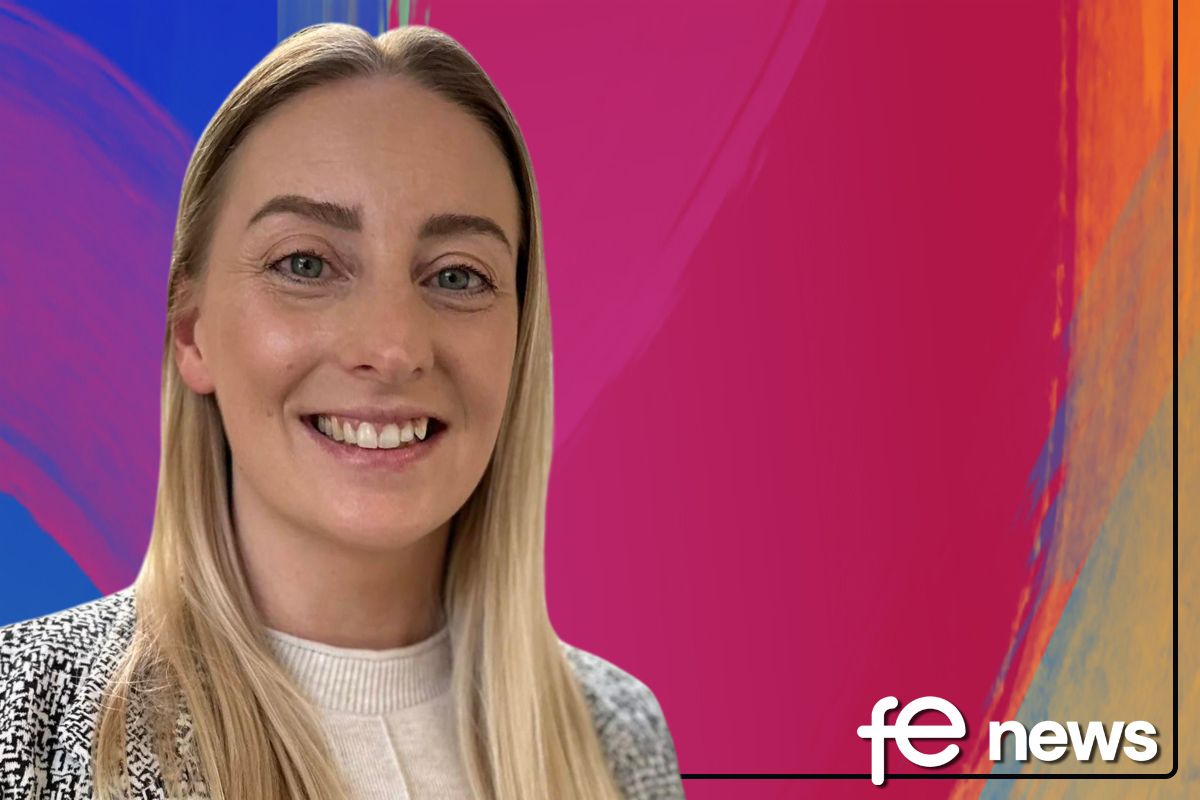
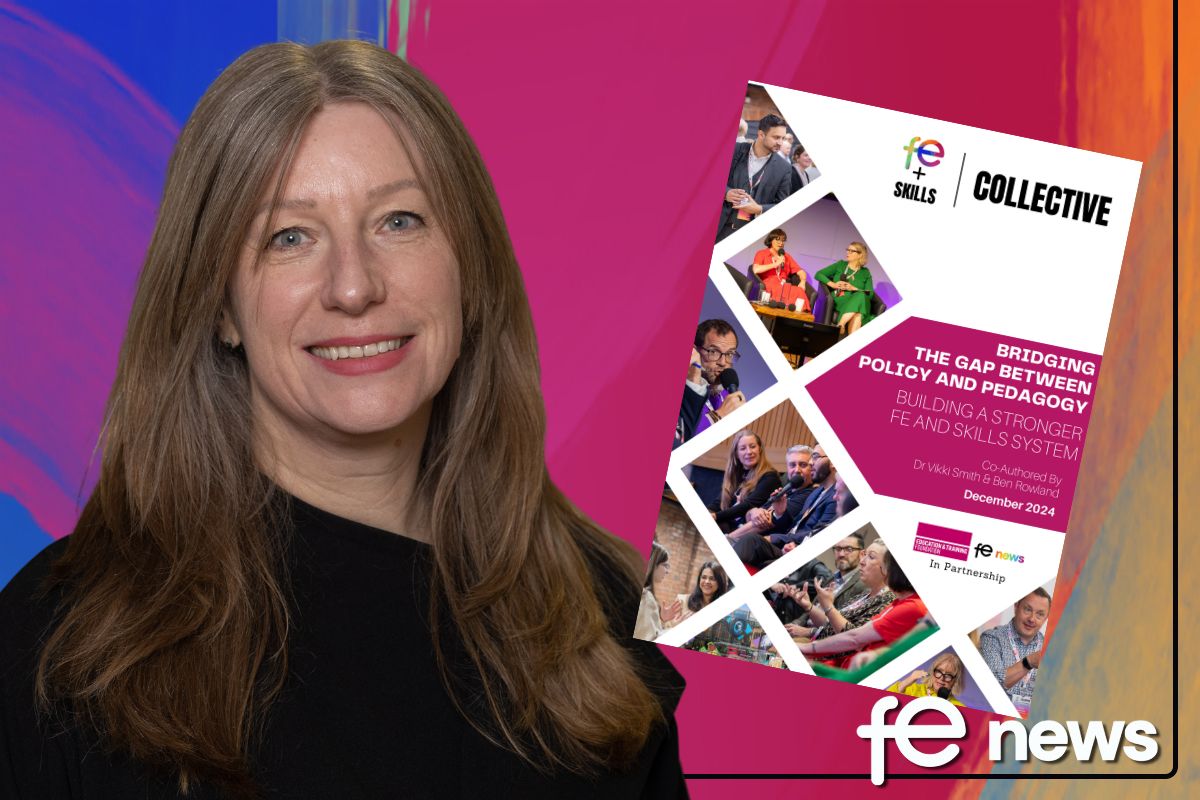
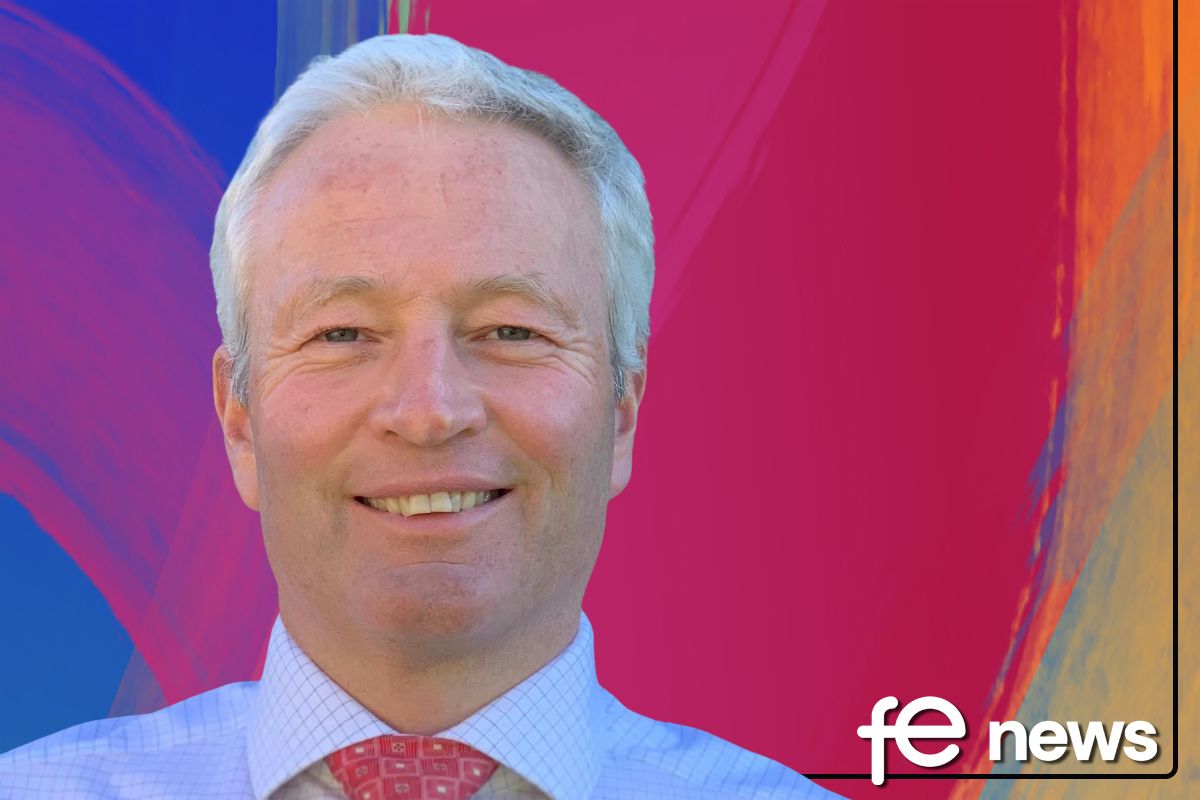


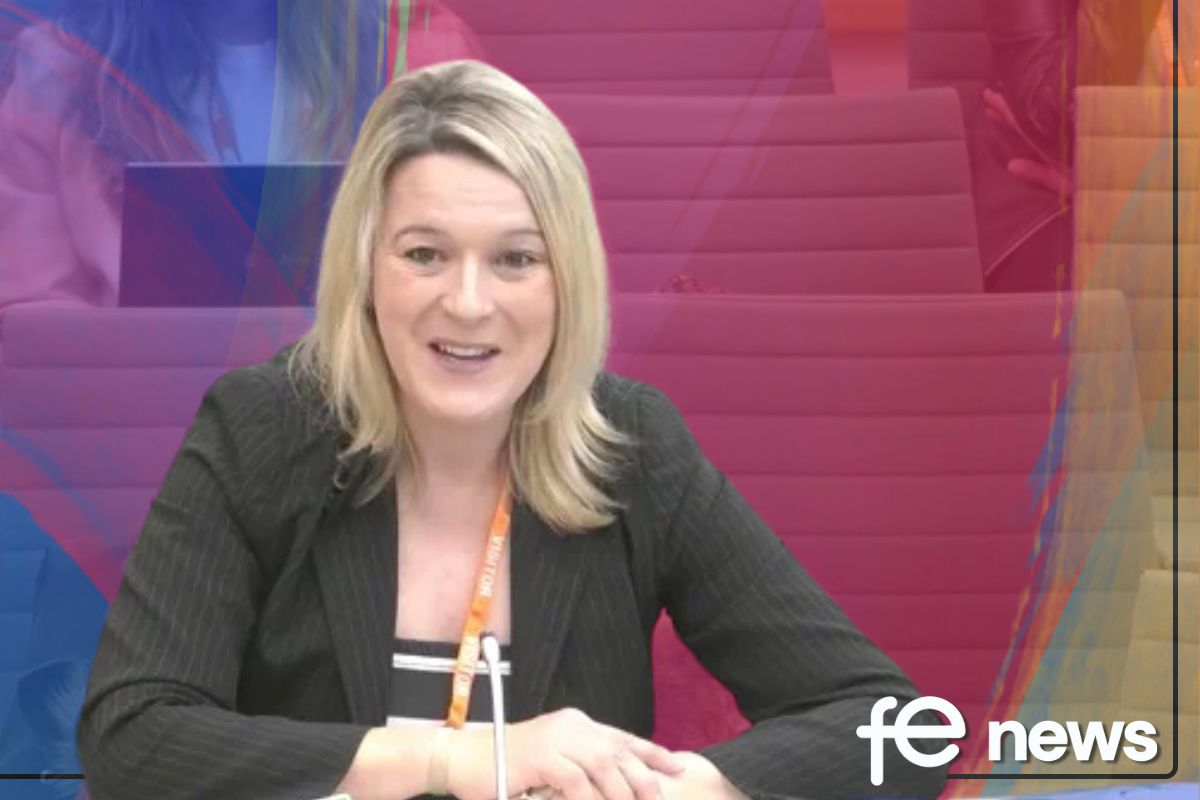
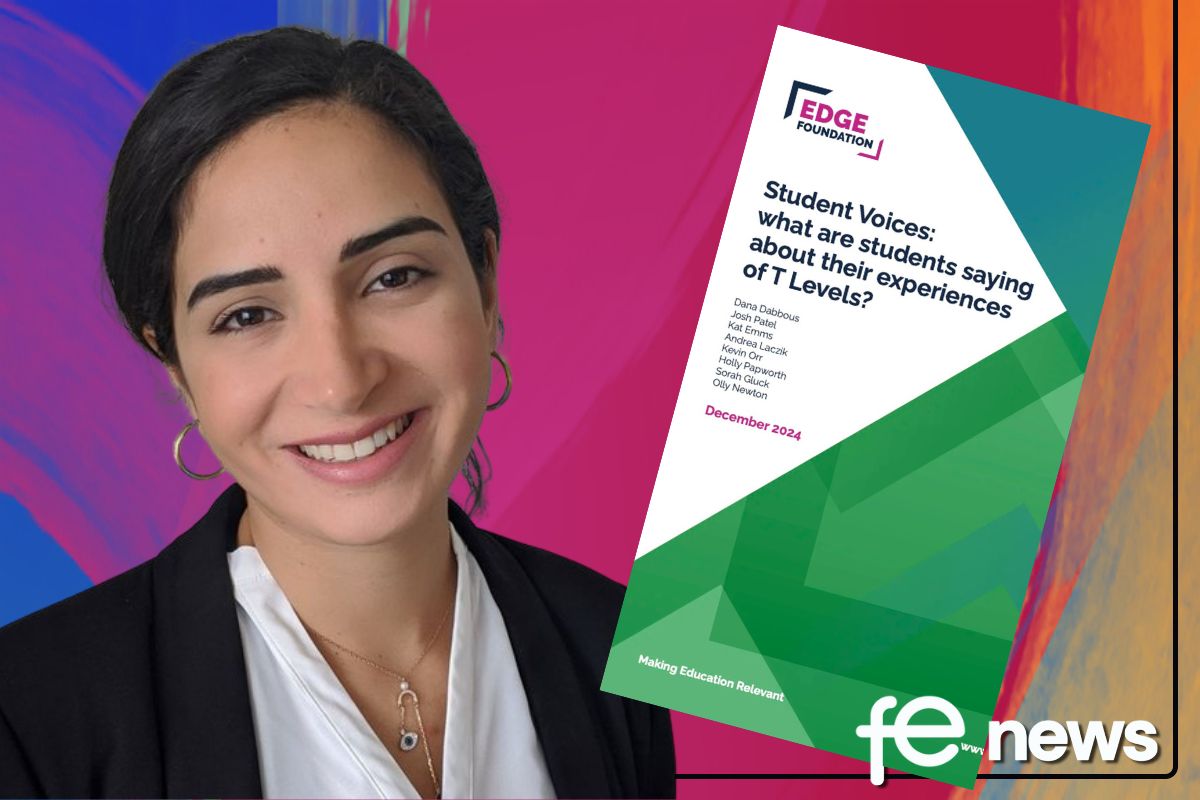
Responses